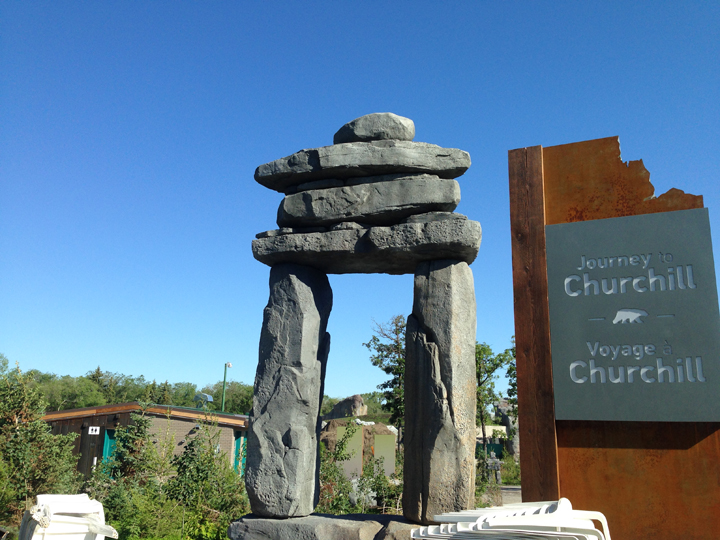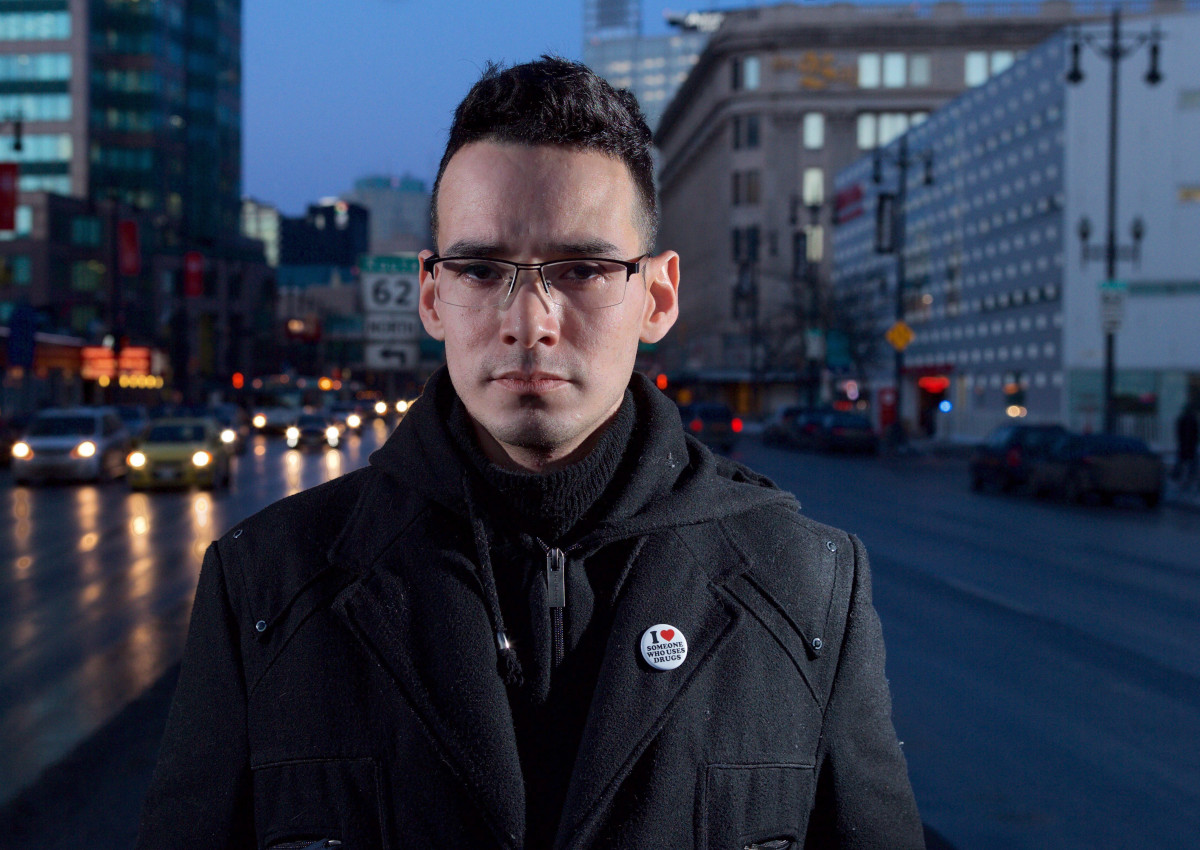Do you know the names of your favourite animals in Cree? What about Inuktitut? Michif?

A Winnipeg community organizer says something as simple as teaching local people the traditional Indigenous names of animals could be a positive and easy step toward reconciliation.
Michael Redhead Champagne told 680 CJOB that a simple acknowledgement of Indigenous words in settings like the Assiniboine Park Zoo could be quite meaningful.
“One of my non-Indigenous friends made the suggestion and said, ‘I wish I could learn the Cree names of the animals when I go to the zoo,'” Champagne said.
“So I just sort of expanded a little further when I posted it on Twitter and I talked about the different languages that are here in Manitoba, and folks seemed to really believe that’s something that’s realistic and achievable that we would be able to do as a small step immediately.
Champagne said it would be a small gesture that could find its way into many parts of everyday life here in Winnipeg.
“It’s that easy for us to sit and listen to our knowledge keepers and those who are able to speak First Nations, Metis and Inuit languages fluently as a small act of reconciliation,” he said.
“I think it’s something that a lot of non-Indigenous organizations could do and it would be very meaningful.”
“Let’s take a look at our city, our street names, and let’s see where we can reclaim some of these beautiful knowledge and teachings and languages from the first peoples.”
Champagne said he feels that many non-Indigenous people are unsure what to do to participate in reconciliation.
“It doesn’t have to be difficult, but everybody can do something. So for people who feel they’re helpless in reconciliation, I hope they know and understand that everybody can do something.”
The Assiniboine Park Conservancy’s Laura Cabak said the zoo has endeavoured to incorporate Indigenous culture into its displays and programming, and is always open to new ideas.
“Animal ID signs and interpretive displays in other areas of the zoo are updated gradually,” she said.
“As we update them, we are looking for opportunities to incorporate Indigenous culture. The interpretive display at our new wolf habitat, for example, includes artwork by Indigenous artist Clark Morrissett, who has also led woodland art workshops here at the zoo.”
The zoo’s Journey to Churchill exhibit, which opened six years ago, also includes a great deal of Indigenous cultural content.
“It’s a great example of where we have invested in interpretive signage and interactive displays that include aspects of Indigenous cultures including language, stories, traditional knowledge, and artwork,” Cabak said.
“Following the opening of Journey to Churchill, in consultation with Indigenous elders and advisors, we developed an educational program called Gakina Ndinawemaaganag: Kakinow Niwahkomakanak (All My Relations) that explores how all nature is interconnected through Indigenous perspectives.”










Comments